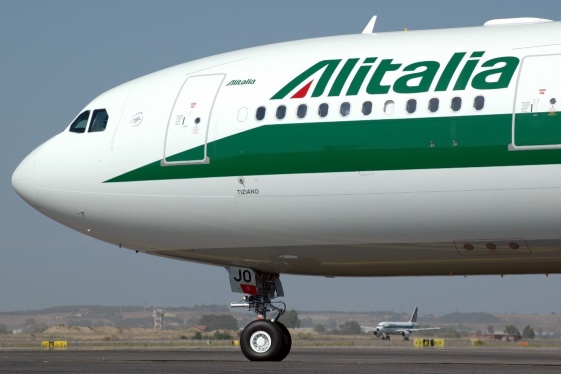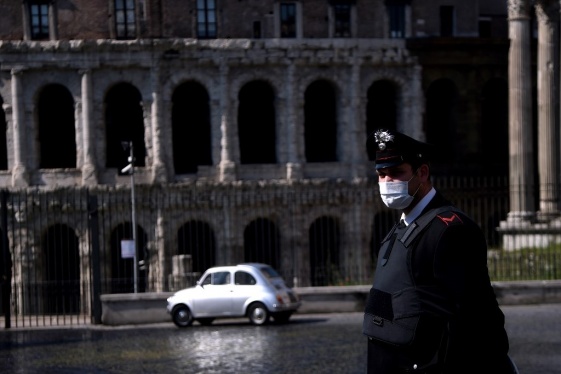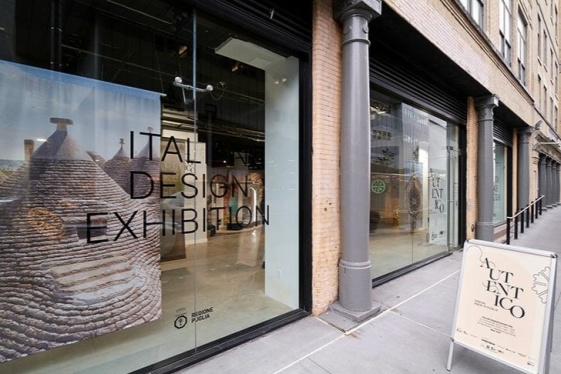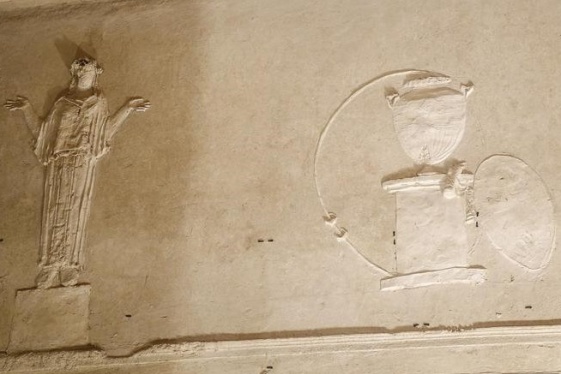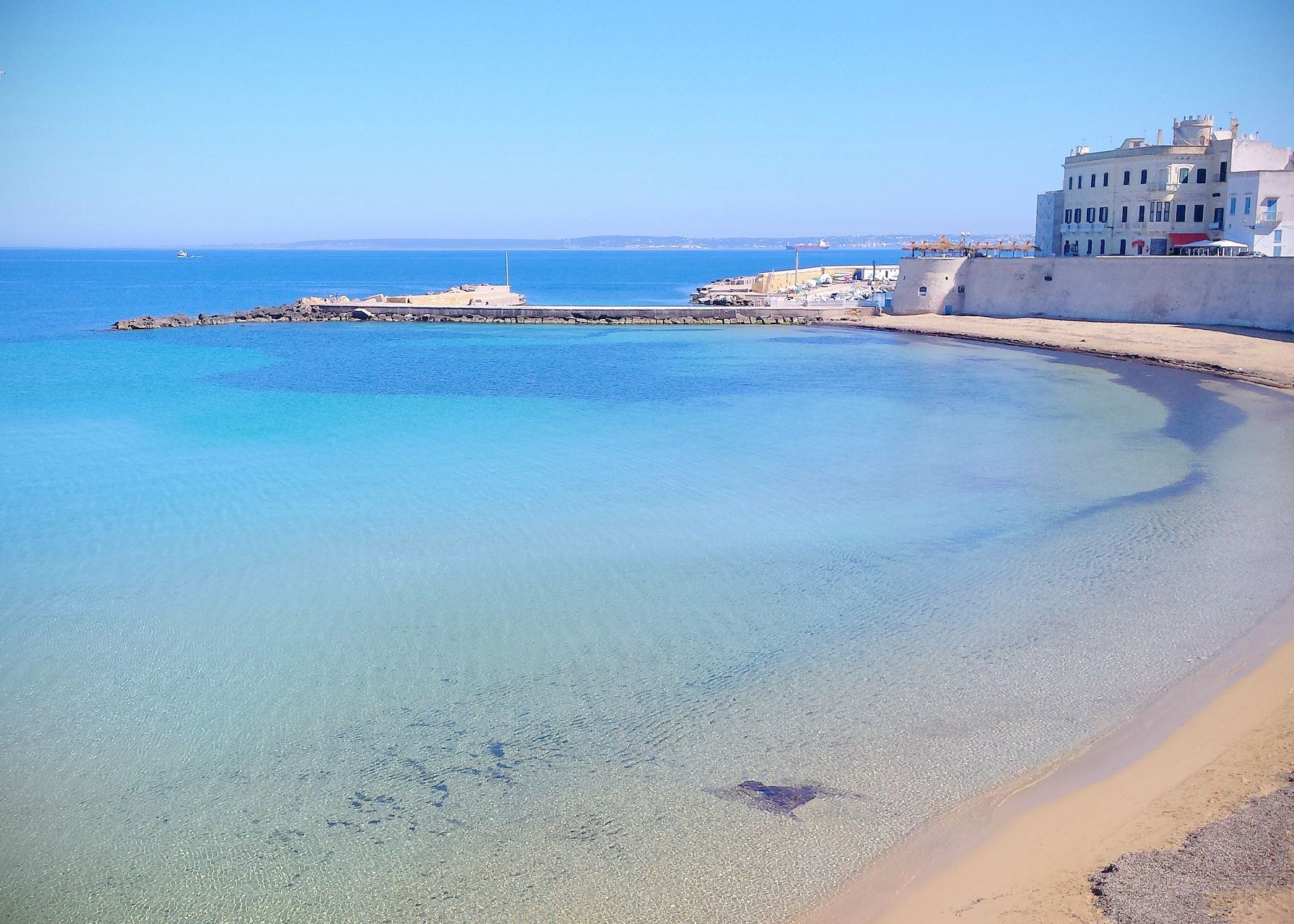

There are multiple reasons to explore the ancient Puglia region on the heel of Italy’s boot from Renaissance palaces, extraordinary seafood, mystery churches to a dictator’s folly. This is the first of a two part series on the Puglia region – or Apulia as it was known in past days. Classic archaeological ruins, villages of feudal-era architecture, centuries old pilgrimage paths and intensely blue water show you why the Puglia region has been desired by Phoenicians to Mussolini.
As the eastern most section of the Italian peninsula Puglia is on busy trade routes across the Adriatic, Ionian and seas beyond. The mercantile empire of Phoenicia established colonies followed by the Greek city-states as their influence rose in dominance. The Romans dubbed the coastal areas of Puglia “Magna Graecia” (Greater Greece) and Hellenic culture greatly influenced Roman Italy.
SOURCE: https://hellenicnews.com
You may be interested
-
Arnaldo Trabucco, celebrated medical practit...
Arnaldo Trabucco, MD, FACS is a leading urologist who received his medical training at ins...
-
Musement, the Italian App to travel “as you...
by Claudia Astarita Musement – the Italian innovative online platform – has launc...
-
'A piece of flying Italy around the world': T...
Ciao ciao, Alitalia. Italy's storied flag carrier has announced it will no longer issue ti...
-
'A summer without travel': How long will Ital...
As the Italian government prepares to bring in “phase two” of the national lockdown measur...
-
'Autentico: design made in Puglia' pop-up exh...
‘Autentico. Design made in Puglia’ is located at 82 Gansevoort Street, New York, and be op...
-
'Basilica of Mysteries' reborn in Rome
The so-called 'Basilica of the Mysteries' has been reborn in Rome. The basilica, one of th...
-
'Beautiful' Italian lake hides a 'mysterious'...
Water can hide all kinds of secrets. But while shipwrecks and sea creatures might be expec...
-
'Dragon Bones' of Santa Maria e San Donato
The Basilica of Santa Maria e San Donato dates to the seventh century, back when the islan...





